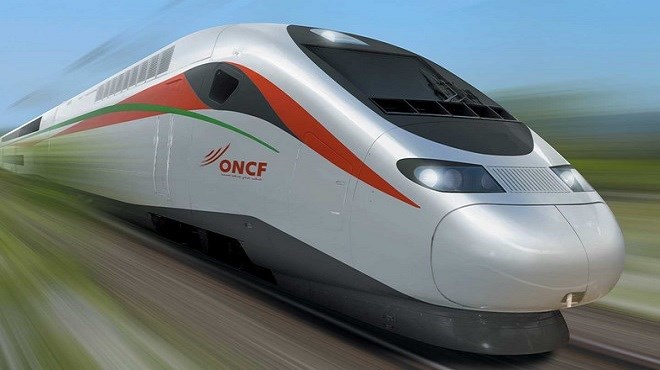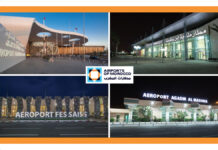Morocco’s national railway operator is pressing ahead with a sweeping modernization plan, launching a new international tender to acquire high-performance steel rails for several critical infrastructure projects. The contract, with an estimated value of 440 million dirhams, will supply new rails for both ongoing and upcoming railway developments across the country.
According to the tender documents, the order specifies 60 E1 steel rails—36 meters in length, unperforated, and compliant with European standard NF EN 13674-1 +A1 (June 2017 edition). Known more broadly as UIC60, these rails are widely used across European networks for high-speed and heavy-duty freight traffic. Each meter weighs approximately 60 kilograms, offering a combination of durability and safety—two priorities for a network undergoing a large-scale transformation.
The newly procured rails will be deployed across several strategic rail projects. These include the new freight link to the port of Nador West Med, the first phase of Tangier’s regional express rail system, the expansion of the Dalia–Moghocha section, and capacity upgrades along the line between Sidi Ichou and Fez. Additional routes like Bni Nsar–Selouane and the construction of new stations in Mzinda and Safi are also covered under the tender’s scope.
Beyond supply, the contract requires the selected provider to handle the logistics of transporting the rails to Casablanca’s port. From there, ONCF will distribute the shipments to various work sites across the country. This added logistical responsibility underscores the strategic nature of the procurement effort, aimed at keeping construction timelines on track.
This isn’t the first major rail acquisition by ONCF this year. In a separate move tied to the high-speed rail extension from Kenitra to Marrakech, the agency issued a 612 million dirham tender for 60,000 tonnes of the same 60 E1 rail type. These deliveries are also expected to be routed through Casablanca, before being dispatched to project hubs in Kenitra and Benguerir. The high-speed project, a national priority, is a key pillar in Morocco’s broader transportation investment roadmap.
Meanwhile, the freight rail line connecting Selouane to Nador West Med is being managed under a separate tender covering every phase of its construction, including the railway bed, structures, stations, and signaling systems. The project, expected to cost 606 million dirhams and span approximately 40 kilometers, has a planned timeline of 20 months, with the first three months earmarked for preparatory work. Designed for speeds up to 160 km/h, this route will be dedicated to freight, playing a critical role in the logistical integration of the Nador West Med port, which is scheduled to begin operations between 2026 and 2027.
ONCF’s consistent use of 60 E1 rails across its projects signals a clear move toward standardizing its infrastructure at a premium level. This rail type is favored across Europe’s main lines, especially for routes that carry high loads or operate at fast speeds. Produced by certified steelmakers across Europe, India, and China, these rails require meticulous manufacturing, involving vacuum degassing, continuous casting, and metallurgical refinement.
The deadline for submitting bids for the high-speed rail tender is set for November 13, 2025. The 440 million dirham rail procurement remains open to international competitors, with several major global suppliers expected to contend for the contract. No bidders have been officially announced yet.
This major investment is just one element of Morocco’s expansive rail development strategy. ONCF is pushing forward with a multi-pronged plan to expand the high-speed rail network, introduce rapid regional lines, boost freight capabilities, and overhaul existing infrastructure. The overall aim: to align the country’s transport backbone with its fast-evolving economic and logistical demands.





